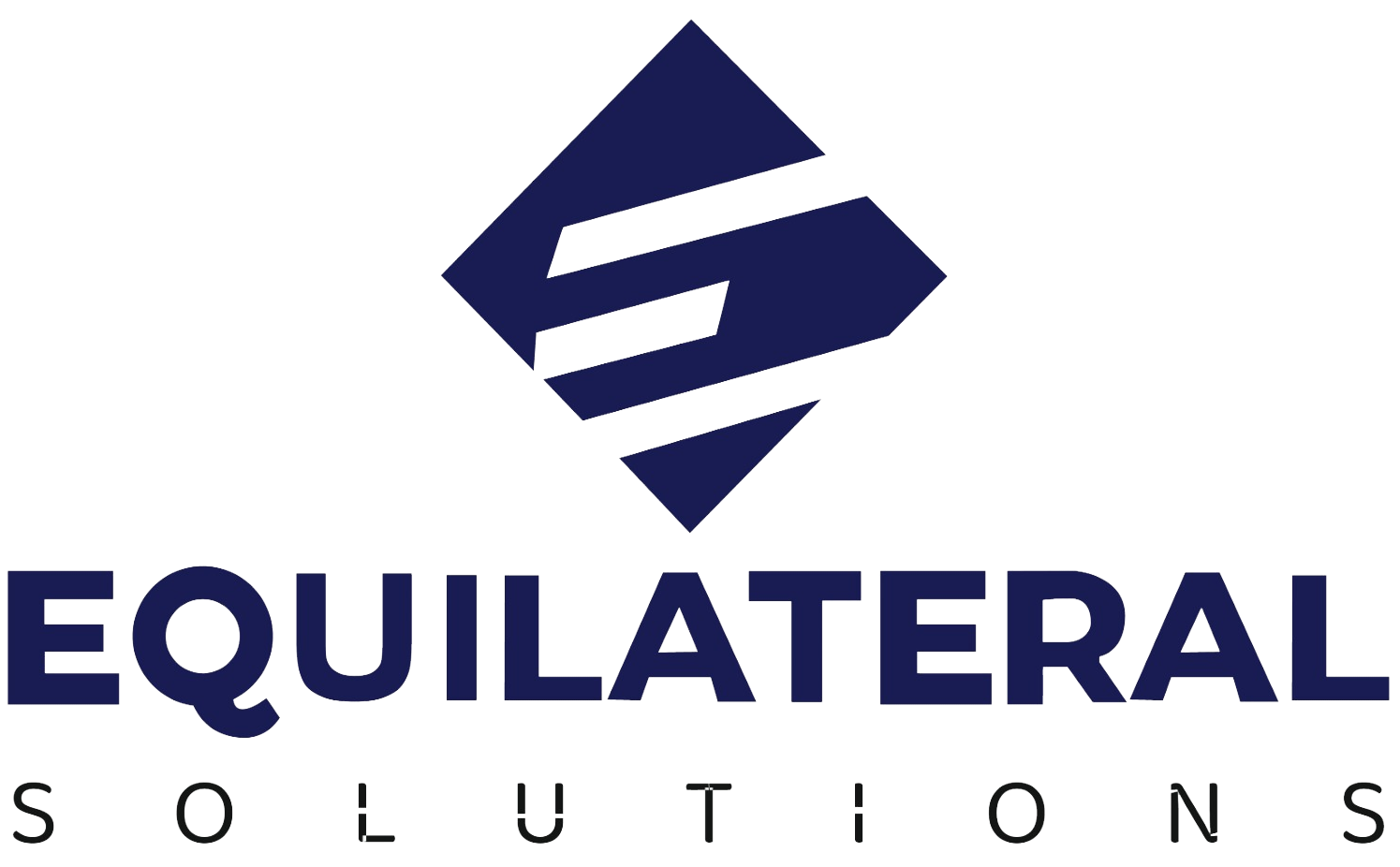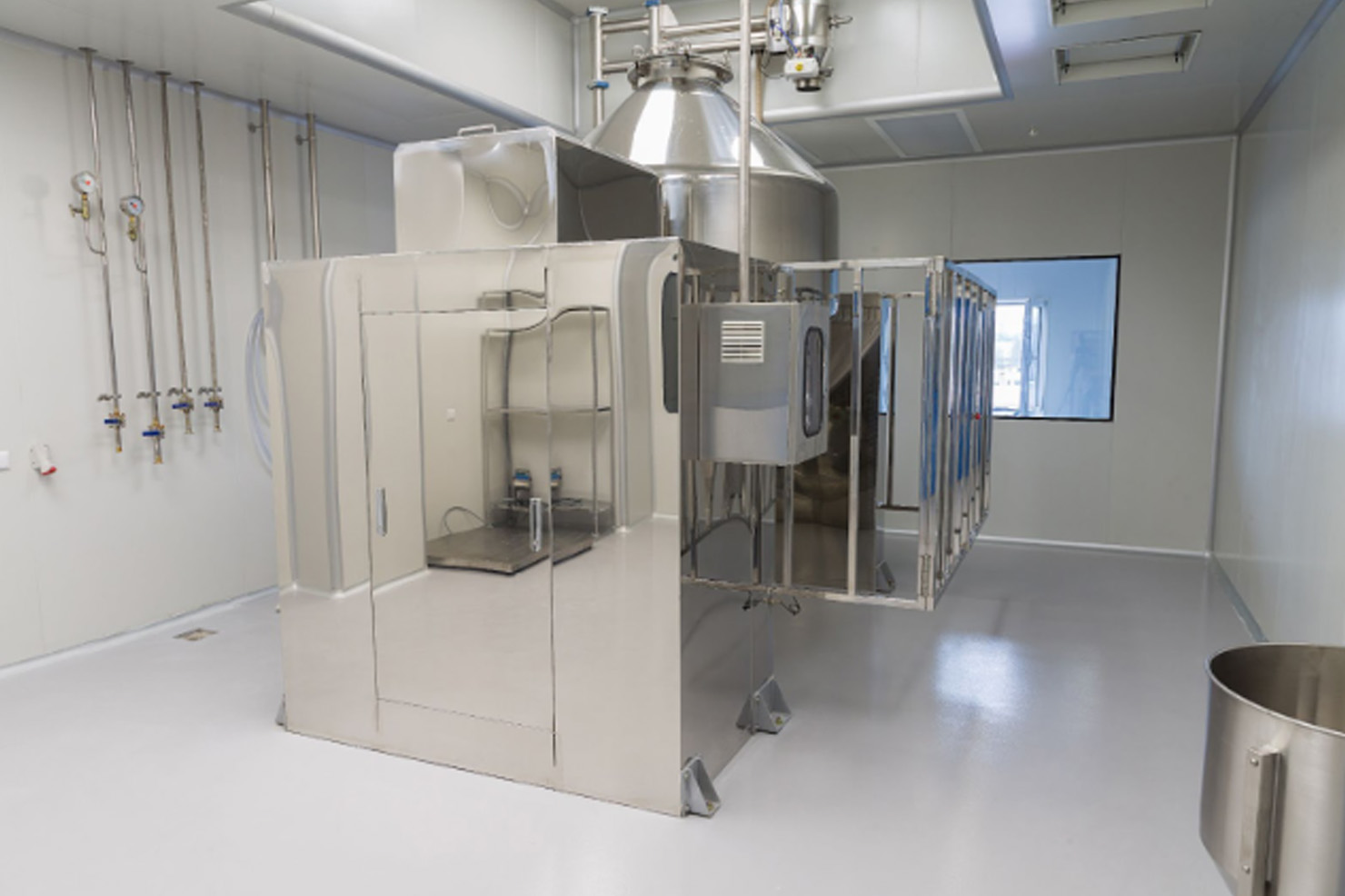In modern healthcare, sterilization is not just a process—it’s the foundation of patient safety. Every hospital, clinic, and laboratory relies on effective sterilization methods to prevent infections, ensure compliance, and maintain trust with patients. While traditional methods like steam sterilization continue to play a role, the ethylene oxide sterilizer has emerged as a preferred choice for healthcare facilities worldwide.
The growing demand for ethylene oxide sterilizer technology highlights how healthcare is evolving toward more precise, reliable, and versatile sterilization solutions. Let’s dive deep into why this demand is increasing and how it connects to the overall sterilization ecosystem, including the role of an autoclave manufacturer India.
Why Sterilization is Critical in Healthcare
Healthcare facilities are high-risk environments where patients are vulnerable to infections. Surgical instruments, catheters, and other reusable medical devices must be sterilized to eliminate pathogens. A single lapse in sterilization can lead to hospital-acquired infections, which compromise patient safety and damage a facility’s reputation.
Sterilization methods need to be reliable, thorough, and suitable for a wide variety of medical devices. This is why the ethylene oxide sterilizer has become increasingly popular—it delivers results that many traditional methods cannot match.
Understanding Ethylene Oxide Sterilizer
An ethylene oxide sterilizer uses ethylene oxide (EtO) gas to destroy microorganisms on medical devices and instruments. Unlike steam sterilization, which relies on high temperatures, EtO sterilization is a low-temperature process. This makes it ideal for heat-sensitive materials such as plastics, electronics, and complex instruments with intricate designs.
EtO sterilization penetrates deeply into materials, ensuring that even hard-to-reach areas are completely sterilized. For this reason, healthcare facilities are turning to ethylene oxide sterilizer systems as a safe and effective solution.
Key Reasons for Growing Demand in Healthcare Facilities
- Compatibility with Complex Medical Devices: Modern medical devices are often made of plastics, polymers, and electronics that cannot withstand the heat and pressure of steam sterilization. The ethylene oxide in sterilization provides a solution, offering safe sterilization without damaging delicate instruments.
- High Effectiveness Against Microorganisms: The EtO process is highly effective against bacteria, fungi, and viruses. Even spores—among the most resistant forms of microorganisms—are eliminated by the ethylene oxide sterilizer process, making it one of the most comprehensive sterilization methods available.
- Compliance with Global Standards: Healthcare regulations demand strict sterilization protocols. The ethylene oxide sterilizer is widely accepted by regulatory bodies such as the FDA, WHO, and ISO, giving healthcare providers confidence that they are meeting compliance requirements.
- Long-Term Reliability: Unlike some sterilization methods that may leave residues or fail on certain materials, the ethylene oxide sterilizer consistently delivers reliable outcomes. This reliability builds long-term trust among healthcare providers and patients.
- Expanding Healthcare Infrastructure: As hospitals, diagnostic centers, and surgical facilities expand globally, the demand for advanced sterilization grows. In regions like Asia, where healthcare infrastructure is developing rapidly, both the ethylene oxide sterilizer and autoclave manufacturer India are seeing rising demand.
Advantages of Ethylene Oxide Sterilizer for Healthcare
- Versatility – Works with a wide range of medical materials.
- Deep Penetration – Effective even in packaging or complex devices.
- Scalability – Suitable for both small clinics and large hospitals.
- Safety and Reliability – Ensures patient safety by eliminating all pathogens.
These benefits explain why the ethylene oxide sterilizer has become essential in healthcare facilities worldwide.
Challenges and Considerations
- Longer Sterilization Cycles – EtO sterilization takes more time compared to autoclaves.
- Safety Precautions – Ethylene oxide gas must be handled carefully due to its toxicity.
- Higher Costs – Initial investment and maintenance costs can be higher.
However, most healthcare facilities find that the benefits far outweigh the challenges, especially when dealing with advanced medical devices.
The Future of Sterilization in Healthcare
The demand for sterilization will only grow as medical technology advances. With new devices, implants, and minimally invasive instruments entering the market, the ethylene oxide sterilizer will continue to play a central role.
At the same time, the autoclave manufacturer India industry is evolving, introducing energy-efficient, eco-friendly models that complement EtO technology. The future lies in a balanced approach where both methods coexist, providing healthcare facilities with flexibility and efficiency.
Conclusion
The healthcare industry’s demand for advanced sterilization is growing rapidly, and the ethylene oxide sterilizer is at the forefront of this evolution. Its ability to sterilize heat-sensitive and complex devices makes it indispensable in modern hospitals and clinics. Alongside, the role of an autoclave manufacturer India remains vital, ensuring that traditional surgical tools are sterilized effectively.
By combining these technologies, healthcare facilities can achieve complete sterilization solutions that enhance patient safety and meet global compliance standards. Companies like Equilateral Solutions showcase how adopting advanced sterilization systems can empower healthcare providers to deliver safe, reliable, and efficient patient care.

